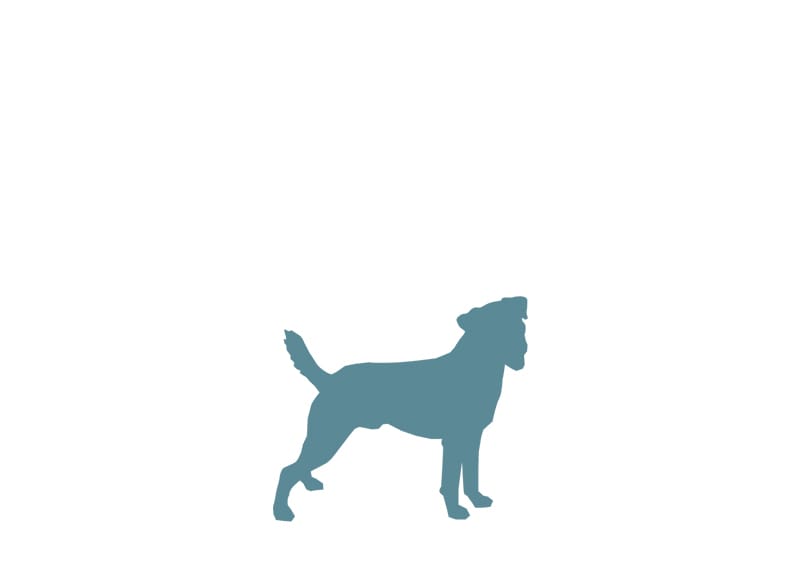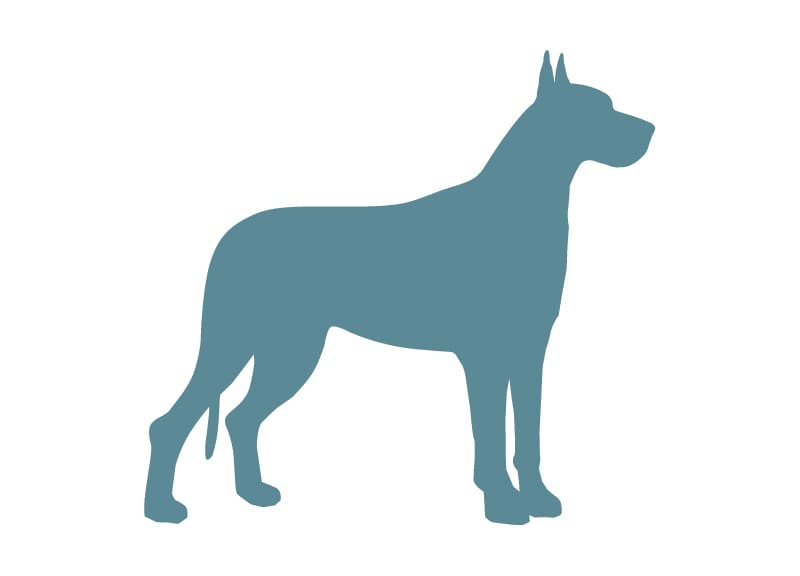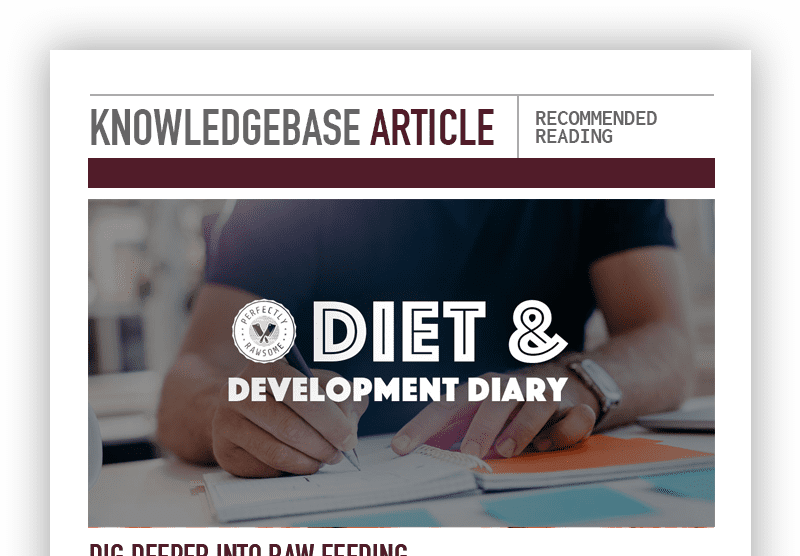
Document Puppy Development & Diet
A “Puppy Diet & Development Diary” is beneficial for tracking a growing puppy’s diet and overall growth during the first year of development. Puppies grow a substantial amount on a weekly basis which requires diet adjustments to provide a sufficient amount of nutrients to maintain ideal body condition. Additionally, specific ingredients may need to be eliminated from the diet because of digestion issues.
Establish a Baseline
The puppy development diary will need baseline information to ensure the puppy is developing appropriately. The following variables should be identified:
Current Puppy Details
Identifying the puppy’s present age and weight sets the starting point for the development diary. If the puppy is not at the ideal weight, document current weight and ideal weight.
Estimated Adult Weight
The weight of the puppy’s biological parents is a good guide to use when determining estimated adult weight. If the weight of the biological parents is unknown, breed standard guidelines can be used in its place.
Current Diet Details
The amount of food fed and the calories in the current diet should be documented. Tracking the amount calories and food the puppy currently eats provides a foundation to build upon as the puppy grows larger.
Current Activity Levels
The present activity level of a puppy should be documented. As puppies grow older, their activity levels change. Tracking this progress is beneficial when providing sufficient calories for growing puppies.
Track Progress
Each week the puppy should be weighed and measured to document any changes in development. This information provides guidance on how to adjust the diet as the puppy grows.

Small to Medium Breed Puppies
Diet and development tracking for small and medium breed puppies does not last as long as larger dogs. Weekly documentation is necessary for the first 6-8 months of age as growth slows significantly for smaller dogs around 8 months of age.
Small to medium breed puppies are still growing after 8 months old, but development is not as rapid as the first months of age. Documenting weight and diet changes after 8 months can still be accomplished every 2-3 weeks rather than weekly.

Large to Giant Breed Puppies
Diet and development tracking for large to giant breed puppies lasts much longer than smaller breeds. Weekly documentation is necessary for the first year of age for large breeds and growth slows around 12-14 months of age.
Large breed puppies are still growing after 12 months and giant breed puppies continue to grow past two years old, but development is not as rapid as the first year of age. Documenting weight and diet changes after 12-14 months can still be accomplished every 2-3 weeks rather than weekly.
Body Weight & Age
Puppies should be weighed weekly to track their growth in relation to their age. A major increase in weight warrants an increase in daily intake to maintain ideal body condition.
Daily Intake & Diet Ingredients
How much food is eaten in a day should be tracked to ensure the amount fed is providing sufficient calories for growth. Documenting the ingredients in the diet is beneficial when needing to pinpoint potential intolerances or allergies.
Elimination Schedule & Stool Consistency
The elimination frequency and stool consistency is a good gauge to determine if the diet is causing digestive stress.
Activity Level Changes
As puppies mature, their energy levels increase. Very young puppies have lower energy in comparison to older puppies. An increase in activity requires an increase in calories.
Adjustment Plan for Optimal Development
As a puppy grows, the diet needs to be modified to provide a sufficient amount of calories for energy and recommended allowances for essential nutrients. Adding more food to a puppy’s daily diet is necessary to maintain ideal body condition and provide nutrients for optimal development.
Once a puppy’s raw recipe is calculated and formulated, creating an adjustment feeding plan is a proactive approach to modifying a puppy’s diet as they grow. An adjustment feeding plan is a smaller version of the present raw recipe which can be added to the present diet to increase calories and essential nutrients without affecting balance.
Step 1: Calculate Meal Amount & Calorie Requirements
Before creating an adjustment feeding plan for a growing puppy, the amount of food and calories a puppy needs to consume daily must be calculated. These amounts are used as a foundation to create the adjustment feeding plan.

Step 2: Increase Ingredients & Calories Evenly
Recipes will need to be increased evenly. This means all ingredients, including supplements, will need to increase by the same increase percentage to maintain the recipe’s nutritional balance.
Calculate Increase Variable
Divide the desired target calories by the puppy's current calorie intake. This will calculate the increase variable needed to scale up the recipe.
Example: Target Calories = 1200kcal
Current Calories = 1000kcal
1200 ÷ 1000 = 1.2
Multiple Ingredients by Variable
Once the increase variable in calculated, every ingredient in the recipe will need to be multiplied by it in order to increase the recipe and maintain nutritional balance. Supplements will need to be increased as well.
Example: 3.5oz (100g) Beef Round x 1.2 = 4.2oz (120g) Beef Round
CLOSING COMMENTS
A “Puppy Diet & Development Diary” proves useful to ensure optimal development is achieved. It is recommended to update the puppy diary on a weekly basis.
Document Weekly
List main text, you need to fill the heading or the text or both
Make Adjustments
A puppy’s diet will need to be adjusted as it grows into adulthood. Weekly adjustments can be easily completed when a proactive recipe is created.
